Phone: (714) 695-1566
Fax: (714) 695-1553
Email: info@salinaspt.com
23655 Via Del Rio, Suite C
Yorba Linda, CA 92887

Phone: (714) 695-1566
Fax: (714) 695-1553
Email: info@salinaspt.com
23655 Via Del Rio, Suite C
Yorba Linda, CA 92887


In today’s workforce, it’s no surprise that many people spend their day sitting behind a desk or computer screen. While this type of work may not seem physically challenging, the data says otherwise. A global study revealed that Americans spend 55% of their waking time engaged in sedentary behavior. [1] You may have even heard the phrase, “sitting is the new smoking.” In this article we’re sharing the facts about working in a sedentary environment and what you can do to improve your spinal hygiene.
According Merriam-Webster‘s definition, the word sedentary means: “not migratory, doing or requiring much sitting, permanently attached“
It’s no secret the workplace has shifted for a large number of employees who work in an office setting. Technological advances allow employees to access work from home and even hand-held devices on-the-go. Potential job seekers can now find job listings that include; “Remote” or “Partially Remote” .
But we can’t just blame the work environment for physical decline. As a society, we continue to develop ways to increase sedentary behavior. Instead of taking the stairs, we take the escalator. Instead of shopping for groceries, we have them delivered – you get the point.
In fast-paced work environments, maintaining spinal health, or “spinal hygiene” typically comes in last behind daily work tasks. However, practicing good spinal hygiene promotes oxygenated blood flow and longevity of your spinal health.
Your spine serves as the central support structure of the body, facilitating movement, protecting the spinal cord, and maintaining overall balance and posture. With many of people spending long hours seated at desks or hunched over screens, it’s easy to develop habits that compromise your spinal integrity. Over time, these habits lead to discomfort, pain, and long-term health issues.
Prioritizing spinal hygiene through proper posture, regular movement and targeted exercises can prevent these problems and enhance productivity.
Try these to help break up the long days and provide your spine with much needed relief.
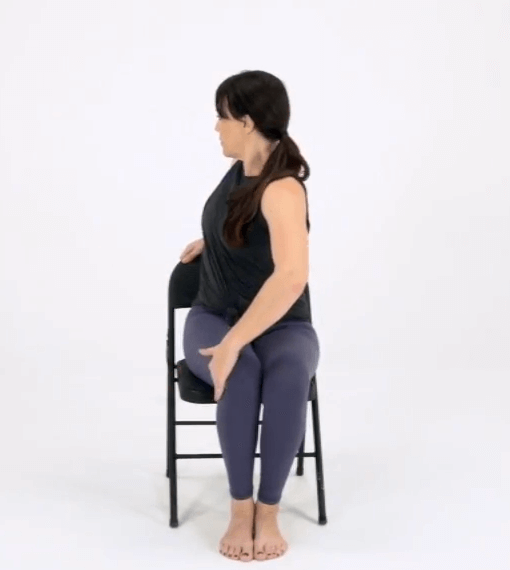
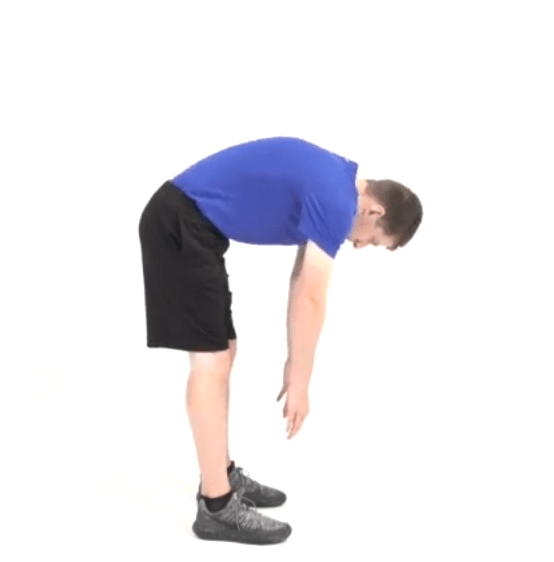

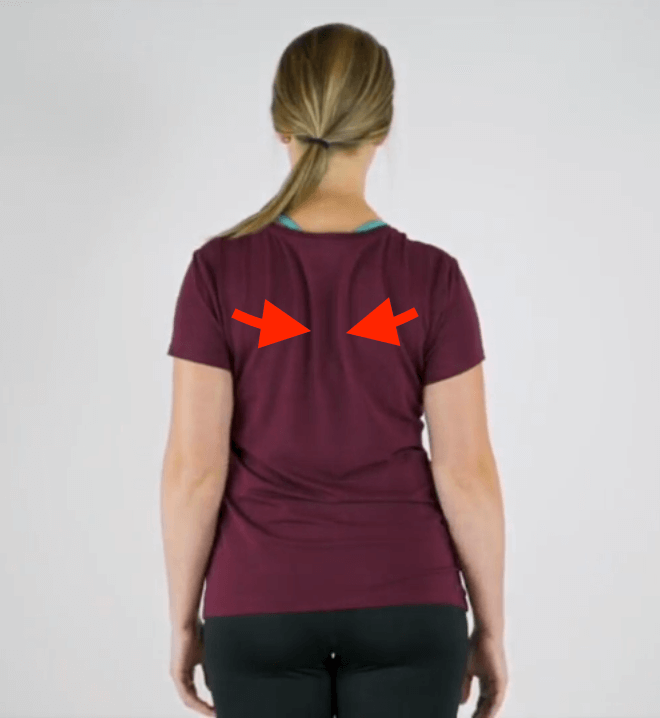
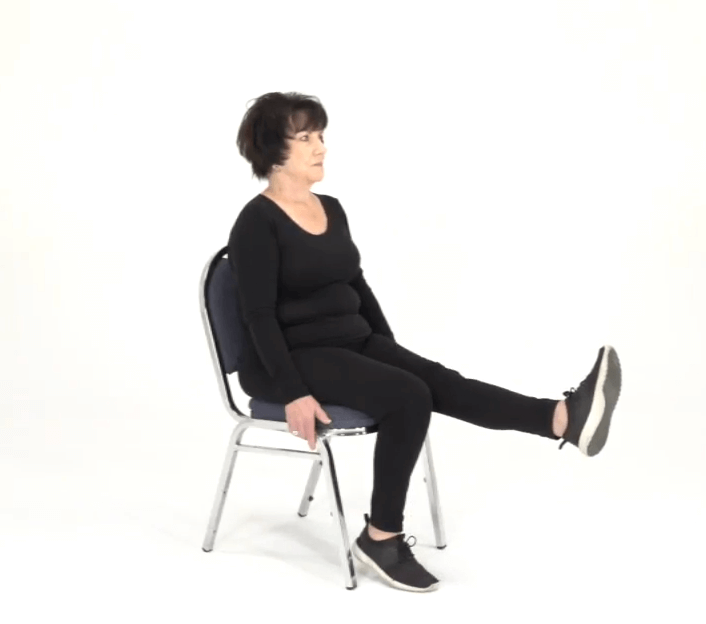
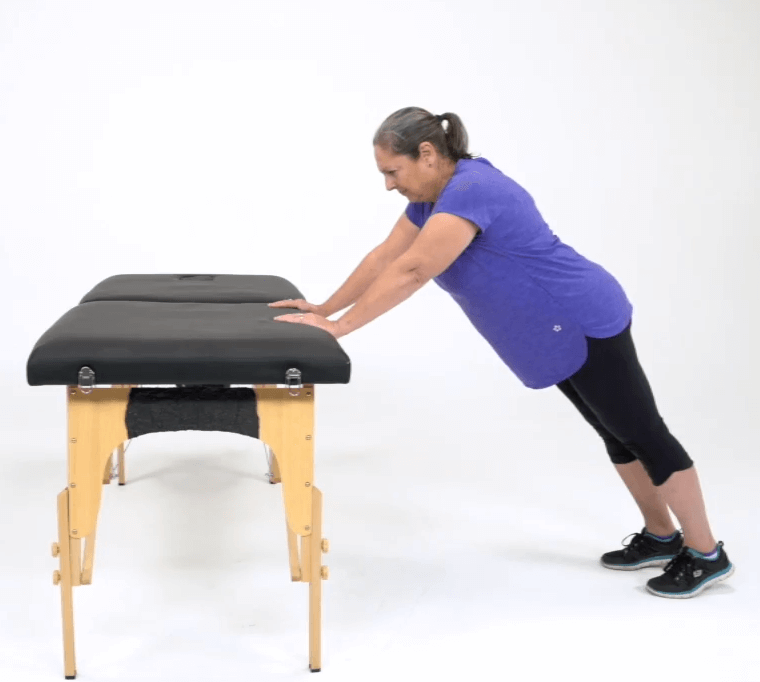
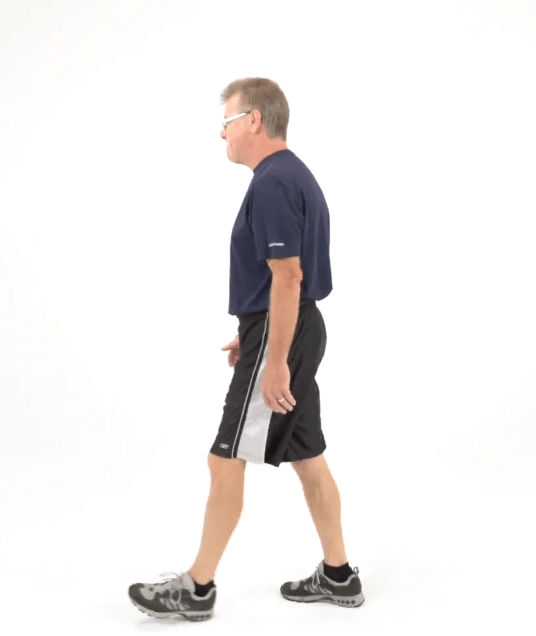
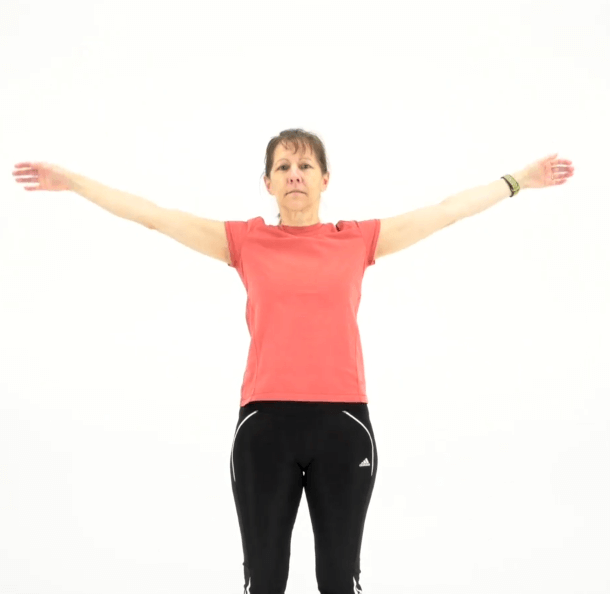
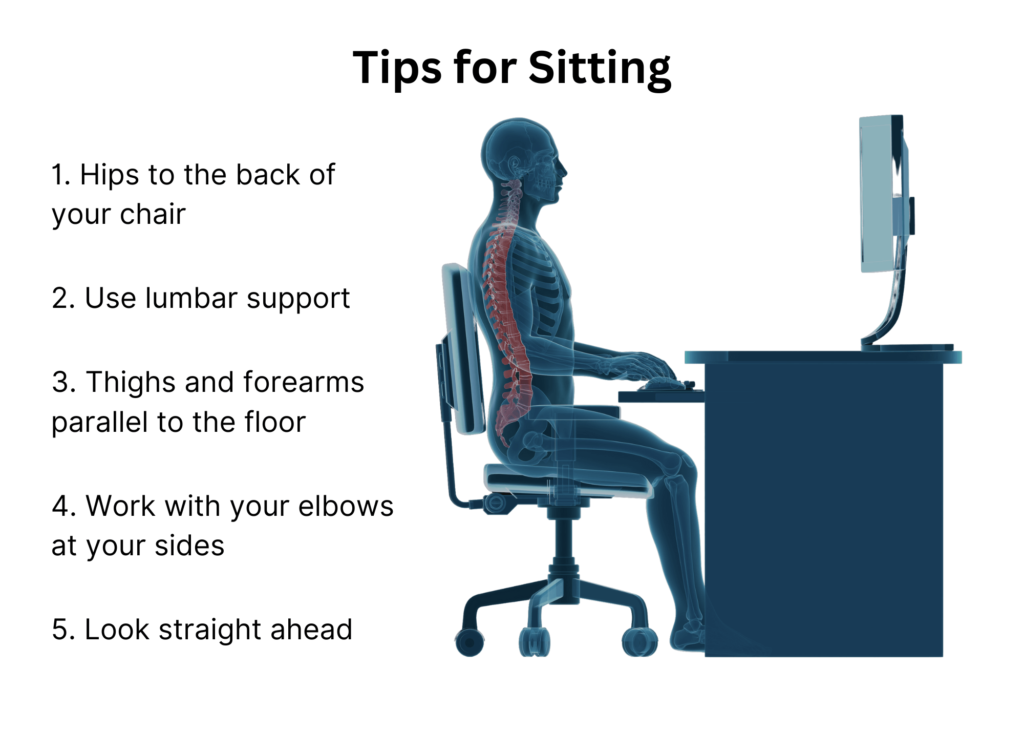
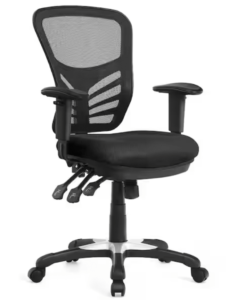
Maintaining spinal health, or “spinal hygiene,” is often overlooked but critical to your health both long and short term. The spine is the central support structure of the body, facilitating movement, protecting the spinal cord, and maintaining overall balance and posture.
With so many of us spending long hours seated at desks or hunched over screens, it’s easy to develop habits that compromise spinal integrity, leading to discomfort, pain, and long-term health issues. By prioritizing spinal hygiene through proper posture, regular movement, and targeted exercises can prevent these problems, enhance productivity, and improve overall well-being. By understanding and implementing spinal hygiene practices, we can safeguard our health and maintain an active, pain-free lifestyle for years to come.
In Good Health,
– The Salinas Team
References:
[1] Park JH, Moon JH, Kim HJ, Kong MH, Oh YH. Sedentary Lifestyle: Overview of Updated Evidence of Potential Health Risks. Korean J Fam Med. 2020;41(6):365-373. doi:10.4082/kjfm.20.0165. https://www.ncbi.nlm.nih.gov/pmc/articles/PMC7700832/
[4] Images Sourced From WebPT HEP (last accessed 5/28/2024)
Disclaimer: The information provided on SalinasPT’s website is for general informational purposes only and should not be considered a substitute for professional medical advice. We strive to ensure the accuracy and timeliness of the information. By using this website, you acknowledge that you assume full responsibility for any actions taken based on the information provided, and we disclaim all liability for any damages or consequences resulting from such actions. Always consult a qualified healthcare professional for personalized medical advice and treatment.